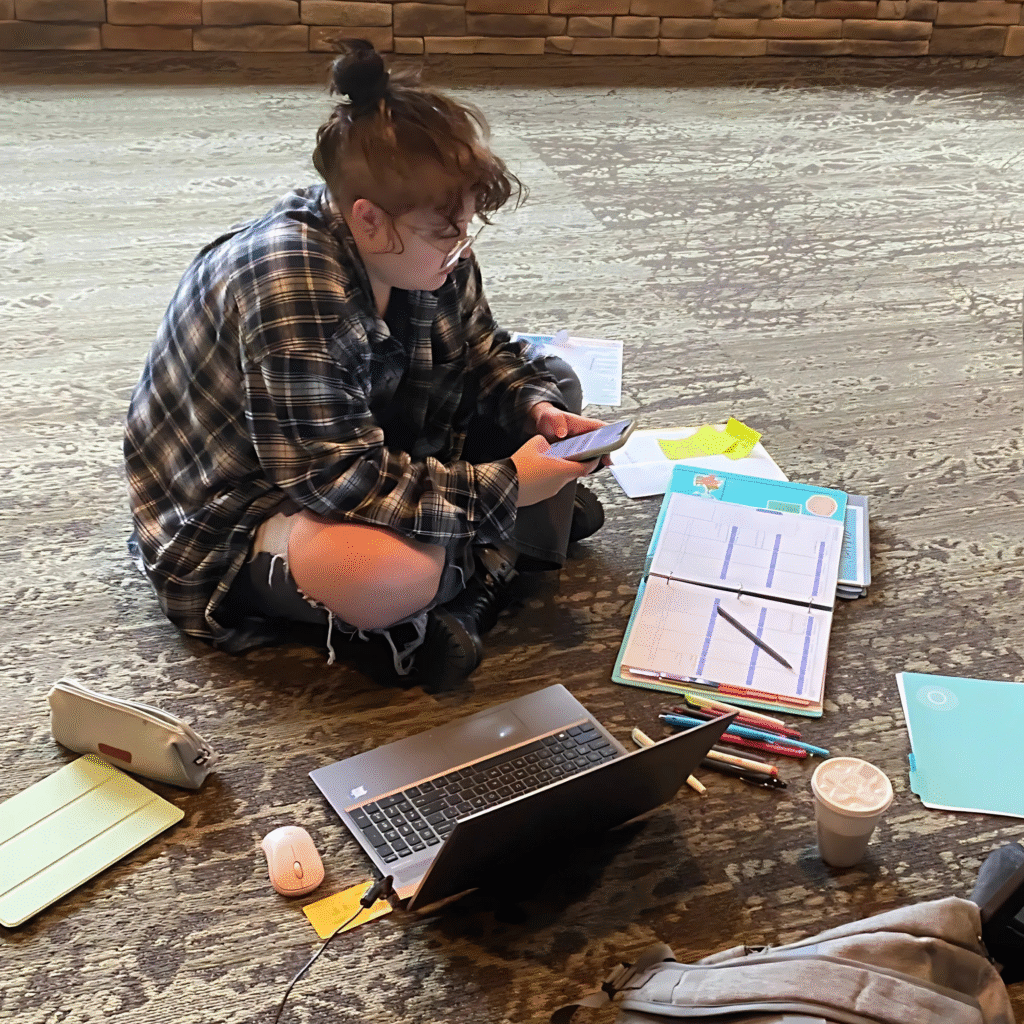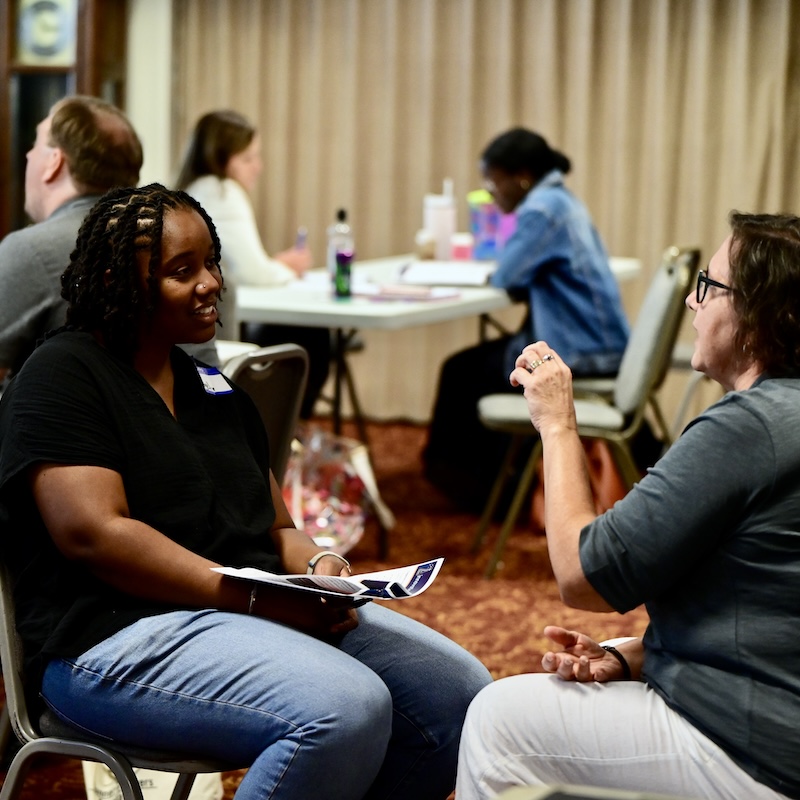
Kat Bair
Kat Bair is a coach with Ministry Incubators and newsletter editor as well as a full-time youth pastor. She is a graduate of Austin Seminary through the Center for Youth Ministry Training and began her innovation work as a Lead Innovator and researcher with CYMT’s Innovation Lab.
A few years ago, I was part of CYMT’s Innovation Laboratory as a lead innovator in their Texas cohort. We launched a project called Fail->Safe Studios and I wound up talking about the project on podcasts, interviews, and articles. I still get calls from youth pastors saying they want to start their own. Its flattering, and I love getting to connect with people, but I wind up repeating the same thing: my thing worked great.
Don’t do it.
You see, Fail->Safe Studios emerged out deep listening, interviews and analysis of our context that we were led through via the Innovation Lab. The project found profound resonance in our community because it was a direct response to the most core hurts of our community, and it has only worked in other communities insofar as our community is similar to other communities.
So I don’t want other churches to do Fail->Safe, I want them to do their own thing instead. While its natural to want the next cool thing, any program you adopt from elsewhere will never work as well as it worked in the place it was created, and more importantly, it will never work as well as something that emerges organically out of your own community. In your planning, visioning, and working, any strategy that builds on structures that were formed in response to the needs of someone else’s kids will always fall short.
So what do you do?
As a leader, take time to get to know your own community’s hurts and strengths.
Consider this a spiritual discipline, a kind of Ignatian Examen on a social scale. In one-on-one conversations, leadership meetings, and more, ask:
What makes us us?
You might find insight in unexpected places; look to maps, demographics, school zones, city politics, local history, local artwork, and more. The biggest insight we found in our community was inspired by an analysis of traffic patterns.
The first task of any youth pastor can’t be to find the best curriculums or programs invented as a response to some other group of teenagers. It has to be to begin to deeply understand the teenagers and families that God has placed in front of you.
The calling to ministry is never abstract, it is a calling to a certain people at a certain time. You were not called to be a youth pastor but to be their youth pastor.
And that might look like a triple-digit small group ministry, and it also might look like weekly board games and bible study with 4 middle schoolers.
You were called where you were for a reason, and there is a story, of hurt and pain and joy and opportunity, that is just waiting for you to hear it, and once you do, you will be able to do ministry more faithfully and transformatively than you could have ever imagined.


